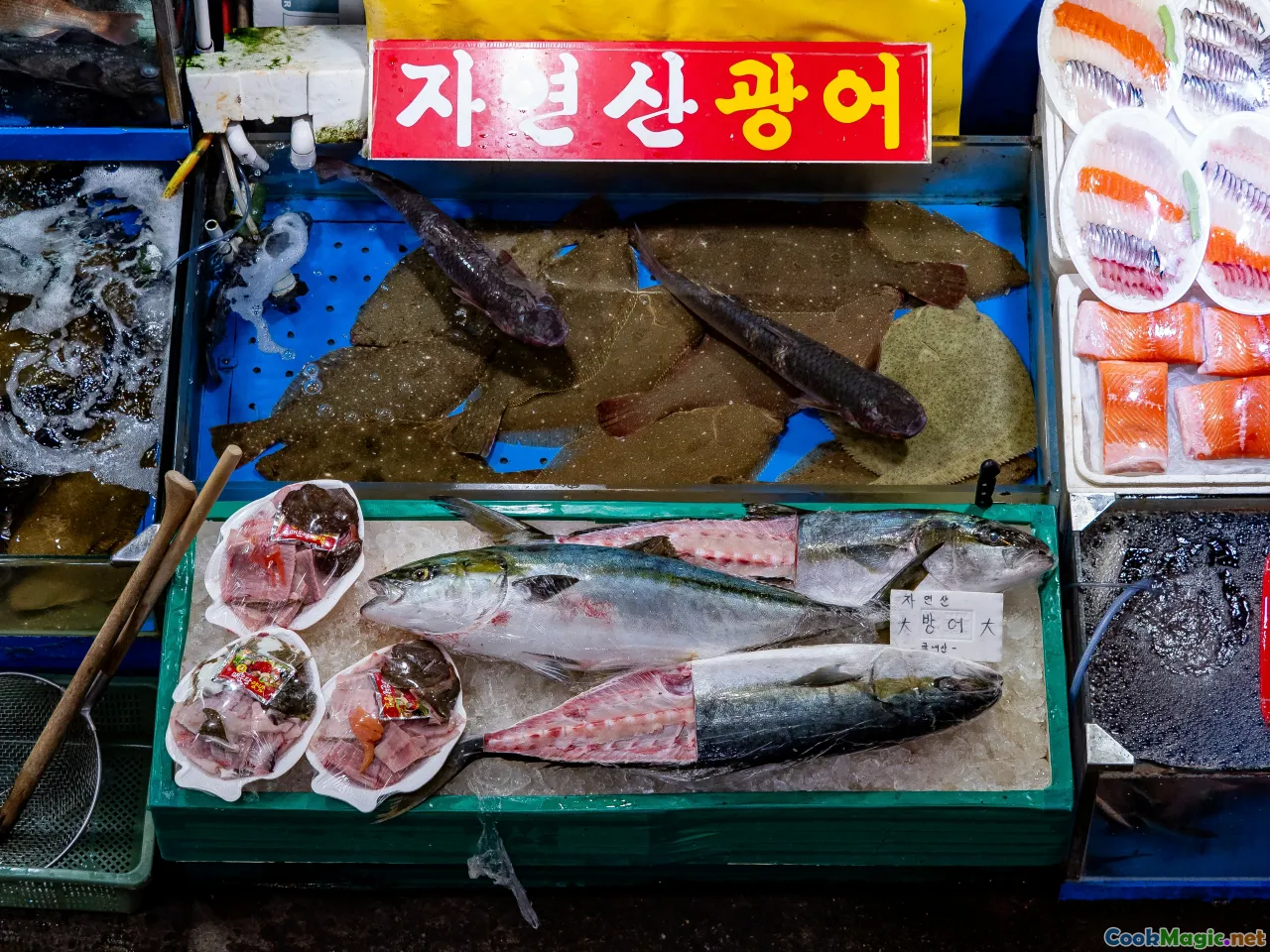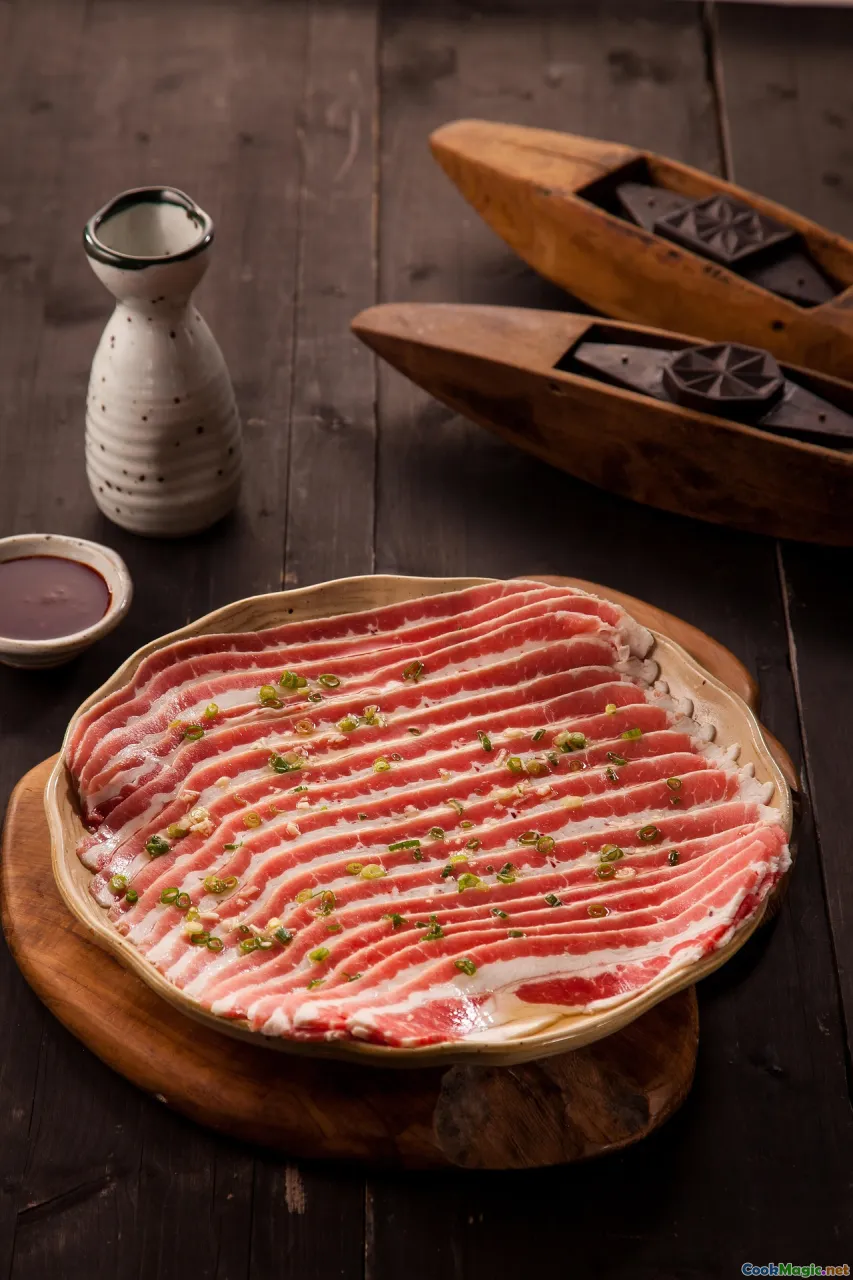Essential Ingredients for Authentic Korean Stews
9 min read Discover key ingredients that define the rich, savory flavors of authentic Korean stews, elevating your home-cooked culinary experience. October 03, 2025 03:05
Essential Ingredients for Authentic Korean Stews
Korean stews, or jeonguk jangguk, are soul-nourishing dishes that embody the rich tapestry of Korea’s culinary history. From the bustling streets of Seoul to tranquil Hanok villages, these hearty broths and thick, savory mixes evoke comfort, nostalgia, and vibrant cultural pride. Each spoonful tells stories—of the land, seasonality, family heritage, and culinary artistry.
Cooking an authentic Korean stew is akin to conducting a symphony; every ingredient plays a vital role in delivering layers of complex flavor, aroma, and texture. While numerous regional variations and personal twists flourish, certain core ingredients serve as the foundation of genuine Korean stews. Let’s explore these essential elements that elevate simple ingredients into gastronomic traditions.
The Heart of the Broth: Anchors of Flavor

Korean stews are renowned for their deep umami and balanced savoriness, often achieved through careful preparation of the broth. The most iconic base is myeolchi_yuksu—a drying anchovy stock—that delivers a clean, moderately salty flavor with hints of the sea. Anchovies (myeolchi), small but mighty, provide the savory backbone, enriching the stew without overpowering other ingredients.
**How-to:**To create a classic anchovy stock, rinse a handful of dried anchovies to remove excess salt. Roast them lightly to enhance their aroma, then simmer in water for at least 30 minutes, skimming off any impurities. Adding a few dried kelp (dashima) sheets during the initial boil infuses the stock with subtle sweetness and a slight seaweed aroma. Adjust the ingredients depending on the dish—more kelp for miso soups, more anchovies for robust stews.Personal touch: In my years of spooning hot kimchi jjigae or budae jjigae, I found that balancing anchovy and kelp stock provides a clarity and depth unmatched by instant broths or powder mixes.
The Protein Powerhouse: Meat, Fish, and Tofu

Proteins form the soul of Korean stews, and their selection shapes the flavor profile profoundly.
Pork
Pork, especially fatty cuts like samgyeopsal or pickled pork shoulders, is a cornerstone. When simmered slowly, pork bones and cartilage release gelatin, creating a silky, nourishing texture. Gamjatang (pork spine stew) relies heavily on bone-in pork, which renders a richly savory broth with a hint of smokiness.
Beef
Beef offers a hearty depth, with prime cuts such as brisket (chadolbaegi), sliced thin for quick cooking, or tougher cuts like brisket and shin that benefit from long, slow simmering. The daring use of thinly sliced raw beef in stews like yukgaejang creates a tender melt-in-the-mouth experience.
Fish and Seafood
Fishermen’s stews, like haemul jjigae and dokebi stew, leverage fresh fish, mollusks, and squid. Their delicate, sweet flavors add a marine brightness that balances deeper, earthier ingredients.
Tofu
Silken or firm tofu is a versatile protein that absorbs flavors beautifully. Once added, it lends a soft, creamy texture contrasting with the stew’s liquid and chewy bits.
Tip: Always choose pre-Fermented or freshly butchered meats for authenticity. In traditional markets across Korea, vendors sell these meats-in-soup-quality, ensuring the flavors meld into perfect harmony.
The Vegetable Palette: For Depth and Balance

Korean stews are a celebration of seasonal vegetables. These vegetables aren’t mere fillers; they contribute sweetness, bitterness, texture, and aroma.
Napa Cabbage and Leafy Greens
Cabbage and perilla leaves add layers of aroma and a slightly bitter contrast. Larger leaves soften and fold into the broth, imparting subtle sweetness and aroma.
Korean Radish (mu) and Daikon
Radish slices add crispness, a hint of peppery brightness, and help clarify the broth by absorbing excess fat. When simmered, they melt softly, offering sweetness and meatiness.
Mushrooms
Mushrooms such as shiitake, enoki, or maitake enrich the broth with earthy, umami notes. Dried shiitake, rehydrated before adding, produces a smoky aroma.
Green Onions and Garlic
Fresh green onions and garlic are aromatic staples. Their inclusion ignites a fragrant aura that immerses every sense, especially when added at the end for sharpness.
The Seasonings: The Cultural Soul of Korean Stew

The flavor profile hinges on a carefully curated collection of seasonings that reflect Korea’s culinary history.
Gochugaru (Korean Red Pepper Powder)
Vivid crimson, subtly smoky, and mildly spicy, gochugaru imparts the characteristic heat and depth of color. It’s vital in stews like kimchi jjigae and gochujang-based soups.
Doenjang (Fermented Soybean Paste)
A pungent, deeply savory fermented soy paste, doenjang, lends complexity and umami. Use in small quantities to add depth and to mimic traditional fermentation flavors.
Gochujang (Korean Chili Paste)
Sweet, spicy, and fermented, gochujang introduces a mellow heat with a subtle sweetness. It acts as both seasoning and thickening agent in many stews.
Garlic and Ginger
Freshly minced garlic and julienned ginger infuse the broth with sharp, pungent warmth—they are non-negotiable.
Sesame Oil and Seeds
A few drops of toasted sesame oil elevate the aroma, while sesame seeds add texture and visual appeal.
The Artful Balance: Harmonizing Ingredients
Korean stews are masterclasses in balancing salty, sour, spicy, and umami flavors. For the authentic touch, always taste-walk your broth, adjusting soy, salt, vinegar, or sugar accordingly.
Personal insight: My grandmother’s secret was adding a splash of aged vinegar to some stews—it accentuated layers of flavor, giving the dish that memorable umami-lace.
Beyond Ingredients: The Cultural Philosophy
Understanding the essential ingredients enriches the cooking process but also deepens appreciation for Korea’s culinary ethos. Korean stews are symbols of communal sharing, patience, and respect for seasonal bounty. They embody a philosophy of jeong—a warm emotional connection—crafted through carefully chosen ingredients simmered in a nurturing pot.
Once you grasp these vital elements, making an authentic Korean stew transcends mere cooking; it becomes an act of cultural homage, a tradition handed down through generations, passed on with each bubbling pot.
So gather your ingredients—fresh, fragrant, and imbued with history—and let the simmering start. The resulting stew will warm not only your body but also your soul, echoing the timeless heart of Korean cuisine.









